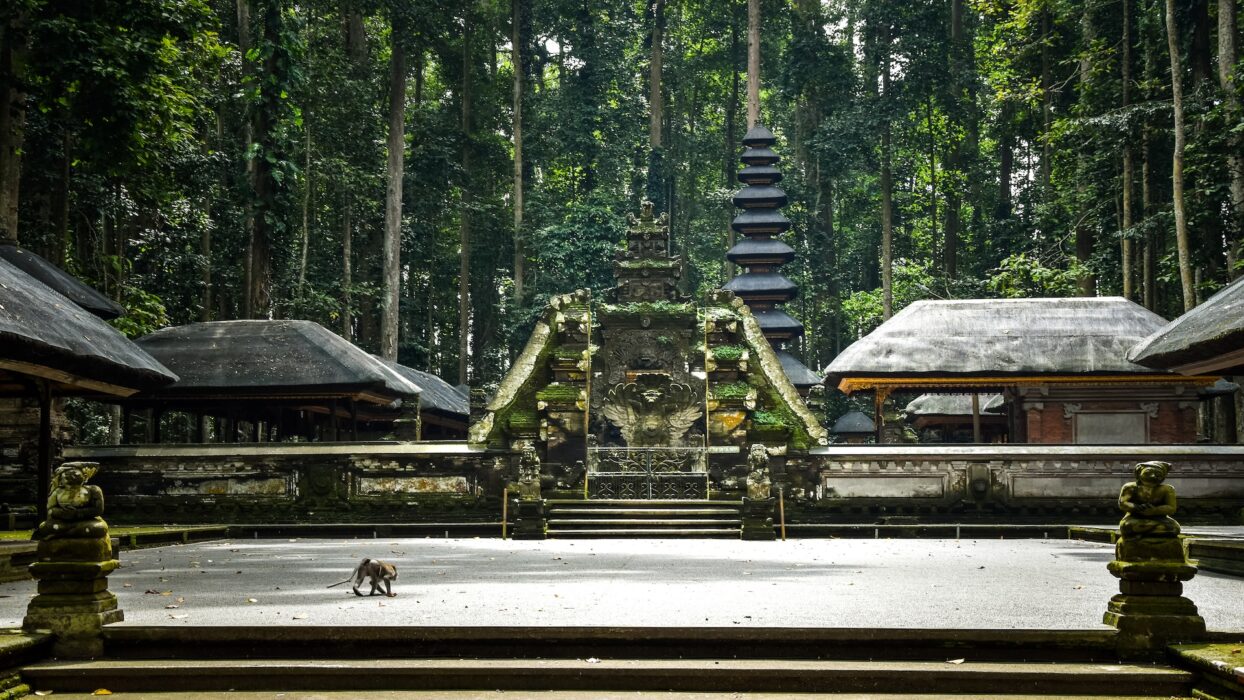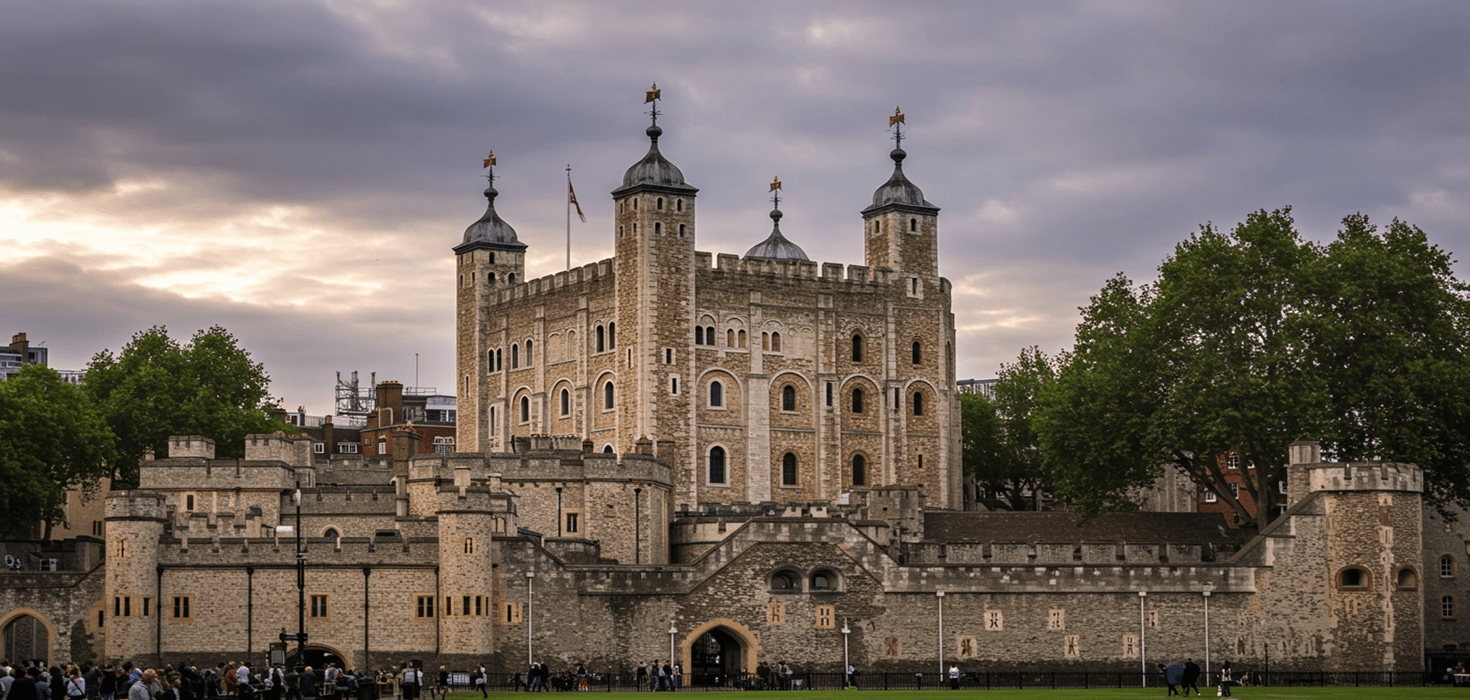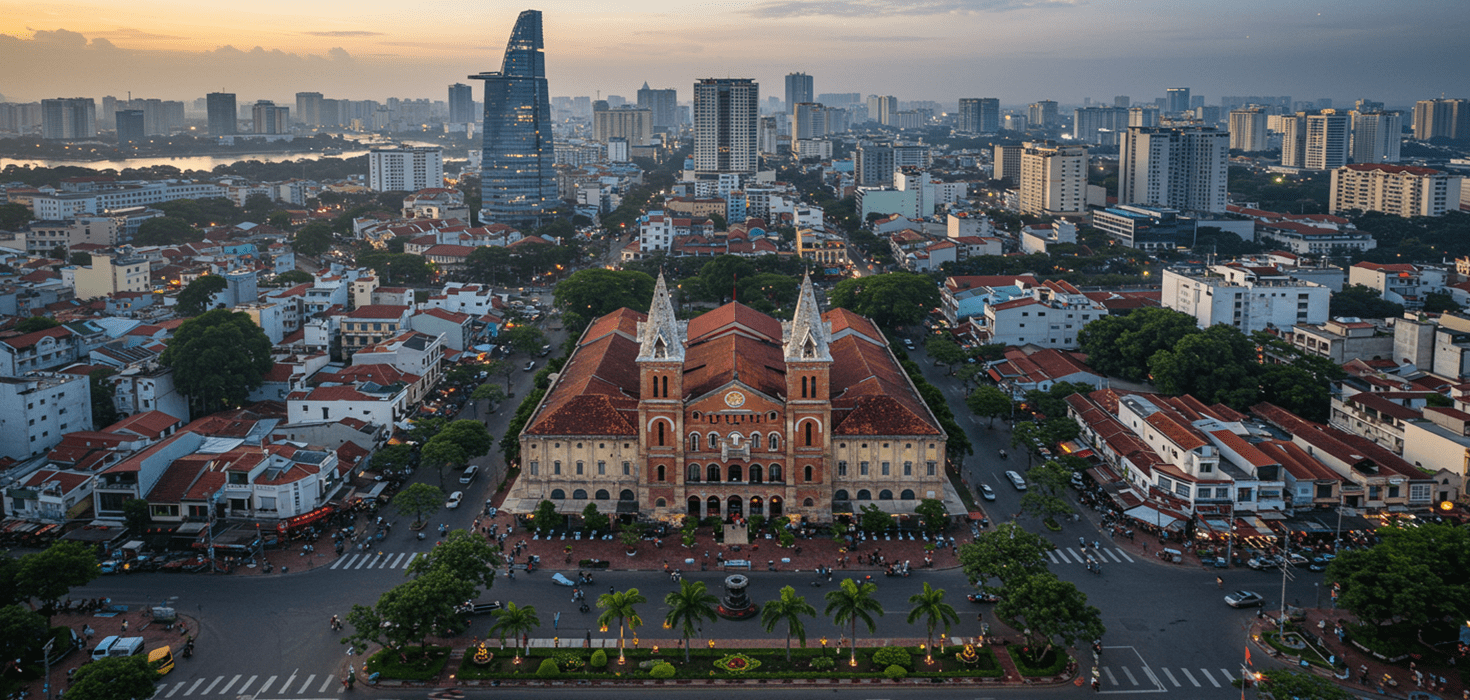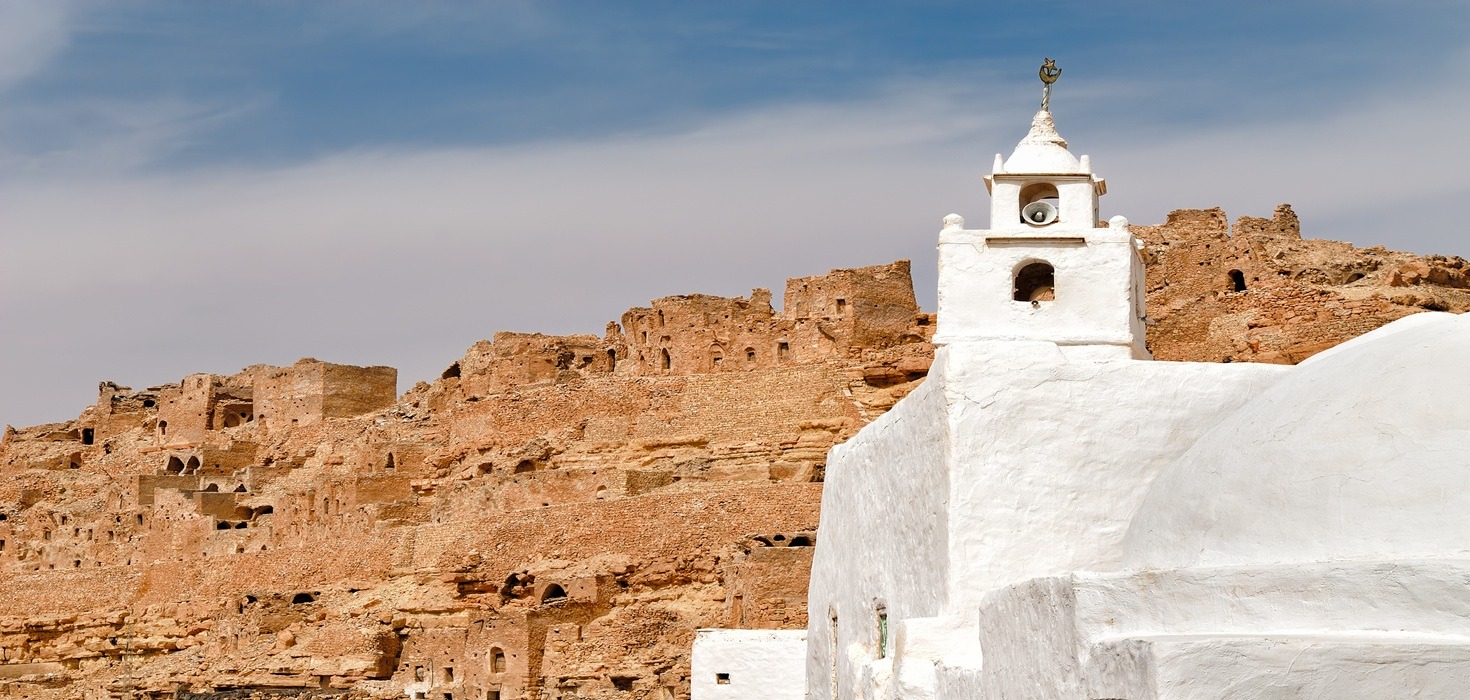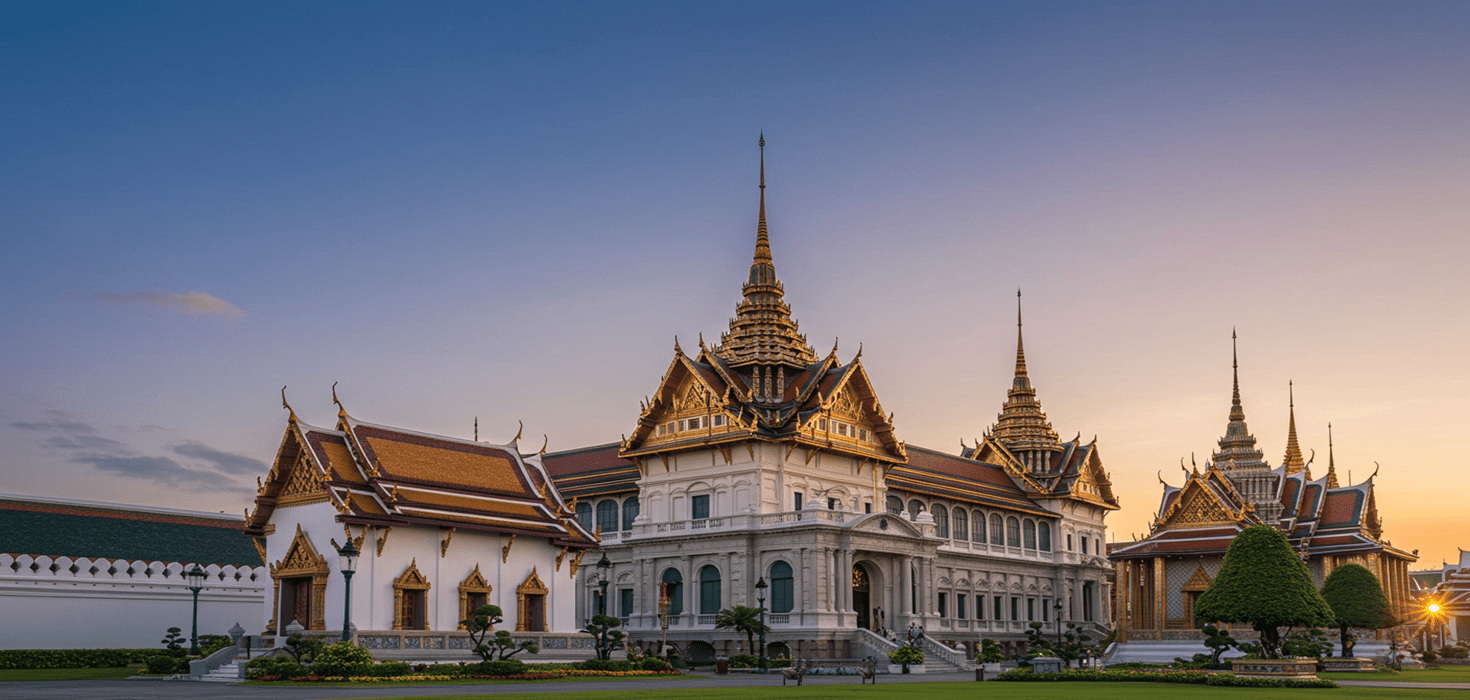Introduction
Perched majestically on the slopes of Mount Agung, Besakih Temple, often referred to as Bali’s Mother Temple, is a breathtaking testament to the island’s rich spiritual heritage. This sacred complex is not just a feast for the eyes; it’s a vibrant hub of Balinese culture, offering visitors a unique glimpse into the island’s Hindu traditions and ceremonies. With its stunning architecture, lush surroundings, and the palpable sense of tranquility, Besakih Temple is a must-visit for anyone looking to immerse themselves in Bali’s spiritual essence.
As you wander through its expansive grounds, you’ll discover a series of temples that are intricately designed, each with its own significance and charm. Whether you’re a history buff, a culture enthusiast, or simply seeking a serene escape, Besakih Temple promises an unforgettable experience. From the moment you step into this sacred space, you’ll be enveloped in a world of spirituality and beauty, making it a highlight of any Bali itinerary.
Discovering Besakih Temple: Bali’s Sacred Heart
When you arrive at Besakih Temple Bali, prepare to be captivated by its architectural grandeur and stunning layout. The temple complex is the largest and holiest in Bali, consisting of over 80 individual temples that cascade down the mountainside. Each temple is adorned with intricate carvings and vibrant offerings, showcasing the artistry and devotion of the Balinese people. The main temple, Pura Penataran Agung, stands tall with its impressive tiered roofs, creating a striking silhouette against the backdrop of the majestic Mount Agung.
The cultural significance of Besakih Temple cannot be overstated. It serves as the spiritual center for Balinese Hindus, who gather here for important ceremonies and festivals throughout the year. As you explore the grounds, you’ll notice the deep reverence locals have for this site, which plays a crucial role in their daily lives and spiritual practices. The temple is not just a tourist attraction; it’s a living part of Balinese culture and identity.
Visitors can stroll through the lush gardens, take in the stunning views, and witness the daily rituals that take place. Each corner of the temple complex tells a story, inviting you to pause and reflect on the rich tapestry of Balinese spirituality. Whether you’re there for a peaceful meditation or to learn about the intricate customs of Hinduism, Besakih Temple offers an experience that resonates long after you leave.
Entrance Fees and Ticketing: What You Need to Know
Planning your visit to Besakih Temple is made easier with clear information about entrance fees. For international visitors, the entrance fee is IDR 150,000, while domestic visitors pay IDR 60,000. This fee grants you access to the temple complex and helps in maintaining the site for future generations. It’s a small price to pay for a journey into the heart of Balinese culture!
It’s important to note that the entrance fee for Besakih Temple tickets includes a guided tour, which is highly recommended. Local guides are knowledgeable and can provide insights into the temple’s history, architecture, and religious practices, enhancing your experience. Many visitors find that this additional context enriches their understanding of the temple’s significance.
While the fee may seem confusing at first, rest assured that it covers much more than just entry. It contributes to the preservation of this sacred site and supports the local community. So, pack your curiosity and prepare for an enlightening visit!
Opening Hours: Best Times to Visit Besakih Temple
Besakih Temple is open to visitors daily from 8 AM to 6 PM. However, to truly soak in the serenity of this sacred site, consider visiting early in the morning or later in the afternoon. The soft morning light creates a magical atmosphere, perfect for photography and quiet reflection. Plus, you’ll avoid the larger crowds that tend to arrive around midday.
For the best experience, aim to visit on a weekday if possible. This way, you can explore the temple grounds at a leisurely pace, allowing you to fully appreciate the intricate details and the spiritual ambiance. Keep your camera ready, as the views of the temple against the backdrop of Mount Agung are simply breathtaking!
As the sun begins to set, the temple takes on a different charm, with golden hues illuminating the intricate carvings and creating a peaceful vibe. This is an ideal time for those looking to capture stunning photographs or simply enjoy the tranquil surroundings.
Festivals and Events: Experience the Vibrancy of Balinese Culture
Visiting Besakih Temple is not just about admiring its stunning architecture; it’s also a chance to witness the lively festivals that showcase the rich cultural tapestry of Bali. The temple hosts several major ceremonies throughout the year, each brimming with color, music, and spirituality. One of the most significant events is the Pagerwesi festival, celebrated every six months. This day is dedicated to honoring the spirit of the universe and is marked by elaborate offerings and rituals. Expect to see locals dressed in traditional attire, carrying beautifully adorned offerings to the temple.
Another noteworthy celebration is the Galungan
Mark your calendars! The Kuningan festival, which follows Galungan, is another event that shouldn’t be missed. It’s a day of remembrance for ancestors and is celebrated with ceremonial offerings and prayers. Keep an eye on local calendars for specific dates, as they can vary each year. Experiencing these events at Besakih Temple offers a unique insight into the spiritual life of the Balinese people.
Cultural Etiquette: Respecting Traditions at Besakih Temple
Besakih Temple, it’s important to familiarize yourself with local customs and etiquette to ensure a respectful experience. Firstly, dress appropriately; both men and women should wear a sarong and a udeng (headscarf for men) or a selendang (sash for women) when entering the temple grounds. These garments are often available for rent at the entrance, so don’t worry if you don’t have your own!
While exploring the temple, be mindful of the sacred spaces and avoid climbing on the temple structures or touching any religious artifacts. Photography is generally allowed, but it’s best to ask permission before taking photos of locals, especially during ceremonies. Remember to maintain a respectful demeanor; silence is appreciated in prayer areas, and it’s customary to bow your head slightly when passing by worshippers.
Engaging with the local culture in a respectful manner not only enhances your visit but also fosters goodwill with the Balinese people. So embrace the spirit of Bali, and you’ll surely leave with wonderful memories and perhaps a few new friends!
Transportation Tips: Getting to Besakih Temple
Getting to Besakih Temple can be an adventure in itself! Located about 13 kilometers from the town of Ubud and approximately 60 kilometers from Denpasar, there are several transportation options available. If you’re feeling adventurous, consider renting a scooter to explore the scenic roads of Bali. Just make sure you’re comfortable with local traffic and always wear a helmet!
If you prefer a more relaxed journey, hiring a private driver is a fantastic option. Not only will they navigate the roads for you, but they can also share insights about the local culture and history along the way. Many drivers are flexible and can help you plan a day of sightseeing, including stops at nearby attractions like Tirta Gangga and Goa Lawah temple.
For those on a budget, public transportation is available, but it may not be the most convenient option. Bemos (minivans) operate in the area, but they can be crowded and may not run on a fixed schedule. If you choose this route, be prepared for a bit of a wait! Whatever your choice, make sure to plan your trip accordingly to enjoy a hassle-free visit to this incredible spiritual site.
Nearby Attractions: Exploring the Surroundings of Besakih Temple
After soaking in the beauty of Besakih Temple, why not explore some nearby attractions? Just a short drive away is the enchanting Tirta Gangga, a former royal water palace filled with stunning gardens, fountains, and fish ponds. Strolling through its lush grounds is a perfect way to unwind after your temple visit.
If you’re up for a little adventure, head to Goa Lawah, or the Bat Cave Temple, which is home to thousands of bats and offers a unique glimpse into Balinese spirituality. The temple is located right by the beach, so you can enjoy the coastal views as you explore the sacred site.
For those interested in hiking, the scenic trails around Mount Agung provide breathtaking views and a chance to connect with nature. Whether you’re looking for a leisurely stroll or a challenging trek, the area surrounding Besakih Temple has something for everyone!
Photography Tips: Capturing the Essence of Besakih Temple
Calling all photography enthusiasts! Besakih Temple is a photographer’s dream, offering countless opportunities to capture its beauty. To make the most of your visit, consider these tips for taking stunning photos:
- Golden Hour Magic: Visit during the early morning or late afternoon when the light is soft and golden. This time creates a magical atmosphere and enhances the temple’s intricate details.
- Framing Your Shots: Look for unique angles and perspectives. Capture the tiered roofs against the backdrop of Mount Agung, or focus on the details of the carvings and offerings.
- Respectful Photography: Always ask permission before photographing locals, especially during ceremonies. Capture the spirit of the place without intruding on sacred moments.
- Bring a Tripod: If you’re keen on long exposure shots, a tripod can help you achieve stunning results, especially during sunset.
With these tips in mind, you’ll leave with not just memories but also beautiful images to share with friends and family!
Culinary Delights: Dining Near Besakih Temple
After a day of exploration, treat yourself to some delicious Balinese cuisine! Near Besakih Temple, you’ll find several local eateries offering mouthwatering dishes. Don’t miss out on trying Nasi Campur, a plate of rice served with a variety of side dishes, including vegetables, meats, and sambal (spicy sauce). It’s a real taste of Bali!
If you’re in the mood for something lighter, head to a local warung for Gado-Gado, a refreshing salad made with steamed vegetables, tofu, and peanut sauce. Pair it with a Teh Botol, a sweetened jasmine tea that’s a local favorite.
For those looking for a more upscale dining experience, consider visiting one of the restaurants in Ubud on your way back. Many places offer stunning views of the rice terraces, creating a perfect ambiance to enjoy your meal. Indulging in Balinese cuisine is a delightful way to end your day at the temple!
Practical Information for Visitors: Essential Travel Tips
Before you set off on your adventure to Besakih Temple, here are a few practical tips to keep in mind:
- Opening Hours: The temple is open daily from 8 AM to 6 PM, but arriving early or late can help you avoid the crowds.
- Dress Code: Remember to wear a sarong and sash to respect the temple’s traditions. You can rent these at the entrance if needed.
- Visitor Reviews: Check online reviews for the latest tips and insights from fellow travelers. They can provide valuable information on what to expect and how to make the most of your visit.
With these tips in your pocket, you’re all set for an unforgettable experience at Besakih Temple!
Sustainability and Conservation: Protecting Bali’s Sacred Sites
As you explore the stunning landscapes and cultural sites of Bali, it’s important to consider the impact of tourism on the environment. Besakih Temple, being a sacred site, is actively involved in conservation efforts to preserve its beauty and cultural significance. By visiting responsibly, you can contribute to these efforts.
Support local businesses, respect the natural surroundings, and avoid littering. Many temples, including Besakih, are engaged in initiatives to maintain their grounds and educate visitors about the importance of sustainability. Participating in these efforts ensures that future generations can enjoy the same breathtaking experiences you had.
By being a conscious traveler, you can help protect Bali’s rich heritage while enjoying all the beauty it has to offer!
Seasonal Travel Insights: Best Times to Experience Besakih Temple
When planning your visit to Besakih Temple, consider the seasonal variations in weather and local festivities. The dry season, from April to October, is generally the best time to explore Bali. During these months, you can expect sunny skies and pleasant temperatures, perfect for wandering the temple grounds.
If you’re interested in experiencing the local culture, try to align your visit with one of the major festivals, like Galungan or Kuningan. These celebrations not only enhance your experience at the temple but also allow you to witness the vibrant traditions of the Balinese people.
Keep in mind that the rainy season, from November to March, can bring heavy downpours. While the landscape is lush and beautiful during this time, it may limit outdoor activities. If you don’t mind the rain, visiting during the off-peak season can mean fewer crowds and a more intimate experience at the temple.
Commonly Asked Questions: Your Besakih Temple Queries Answered
As you prepare for your visit to Besakih Temple, you might have some questions. Here are a few common inquiries answered:
- What is the best time to visit Besakih Temple? Early morning or late afternoon is ideal for avoiding crowds and enjoying the serene atmosphere.
- Is there an entrance fee? Yes, the entrance fee is IDR 150,000 for international visitors and IDR 60,000 for locals.
- Are guided tours available? Yes, guided tours are included in the entrance fee and are highly recommended for a richer experience.
- Can I take photos at the temple? Yes, photography is allowed, but be respectful of the sacred spaces and ask permission when photographing people.
These answers should help ease any uncertainties you may have, allowing you to focus on enjoying your visit!
Fun Facts About Besakih Temple: Uncovering Hidden Gems
Before you wrap up your visit to Besakih Temple, here are a few fun facts that will deepen your appreciation for this incredible site:
- Historical Roots: Besakih Temple dates back to the 10th century, making it one of the oldest temples in Bali!
- Architectural Marvel: The temple complex consists of over 80 individual temples, each with its own unique design and purpose.
- Spiritual Significance: The temple is dedicated to the worship of the Hindu trinity: Brahma, Vishnu, and Shiva.
- Natural Beauty: The temple is often referred to as the “Mother Temple” of Bali due to its breathtaking location on the slopes of Mount Agung, Bali’s highest volcano.
These nuggets of information not only enrich your visit but also make for great conversation starters with fellow travelers!

